Week Three of the ‘Ceasefire.’ Part 1: The Palestinian Question in High Places
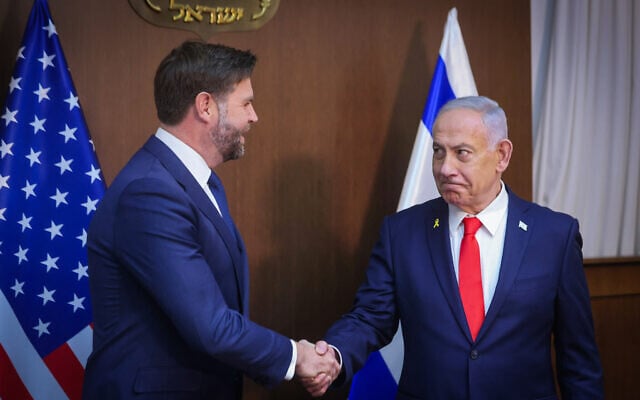
Three weeks into the pause, Gaza’s skyline is quieter but nowhere near peaceful. In diplomatic salons the ceasefire is “Phase One” of a 20-step plan; in the Strip it’s a rationed trickle of trucks, a lot of waiting, and occasional killings of the Palestinians “crossing the yellow line.” The story of this third week isn’t just whether the guns are silent — it’s whether the politics in Washington and Jerusalem, Doha and Cairo, point to a bridge or a cul-de-sac for Palestinian self-determination.
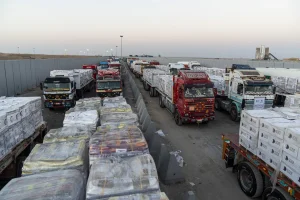
Trucks carrying aid wait on the Egypt side of border at the closed Rafah crossing to the Gaza Strip on Monday, Oct. 20, 2025 (Ali Moustafa / Getty Images)
On paper, the plan promises something simple and hard at once: swap captives, flood Gaza with aid, freeze major operations, then pivot to a negotiated “Phase Two” on governance and security. Early reporting on the architecture — its hostage exchanges, crossing management, and phased timelines — showed an improvisational effort in Washington with Arab mediators doing the quiet heavy lifting to convert a battlefield stalemate into a political pause. Two weeks later, lived reality is more mixed. The pause eased bombardment, but the “surge” of supplies has looked more like a rationed flow, far short of the 600 trucks per day often cited in briefings (and barely scratching the reconstruction scale required).
That mismatch is why UN development analysts keep using vocabulary like “systems collapse” rather than “recovery.” You can’t fix shattered sanitation grids and hospitals with ad hoc access windows; you need predictable volumes, fuel, equipment, and safe corridors — none of which exist at the speed required. It’s also why human rights lawyers and war crimes investigators insist that any political roadmap must sit alongside credible accountability. A September UN commission concluded Israel has committed genocide in Gaza, citing the deliberate creation of unlivable conditions — language that now hangs over every “Phase Two” conversation like a legal sword of Damocles. And as The New Yorker put it starkly, for civilians on either side of the fence, “there is no peace in Gaza” — only a pause that will either be organized into something durable or decay back into fire.
Zaha Hassan, a human rights lawyer and a senior fellow at the Carnegie Endowment for International Peace, the author of ‘Suppressing Dissent: Shrinking Civic Spaces, Transnational Repression, and Palestine-Israel,’ captures the ledger plain and simple:
“The present ceasefire deal — at least “Phase One” which involved an exchange of captives from both sides and the entry of humanitarian supplies — is holding but the compliance from the Israeli side has been far from the agreement. Israel has not allowed a surge of humanitarian assistance into Gaza (600 trucks a day) as required not only by the terms of the agreement but also under international humanitarian law. Only yesterday the judicial arm of the UN, the International Court of Justice, ruled that Israel must stop weaponizing food and essential supplies to the occupied people in Gaza. Over 100 Palestinians have been killed since the ceasefire took effect. Two Israeli soldiers were also killed, but it seems the killing was not at the hands of Hamas fighters.
Phase Two of the agreement is even more of a fraught prospect. The “Board of Peace” as envisaged in the Trump 20 Point Plan looks more like another version of Israeli occupation and not a bridge to an independent Palestinian state. The Israeli Knesset only yesterday — while VP Vance was in Israel — passed a resolution to annex the West Bank. That doesn’t bode well for Palestinian self-determination. The international community will have to heavily engage with Trump to revise the terms of Phase Two so that it supports Palestinian self-determination and not Israeli permanent control. That will mean using leverage they have as the guarantors and funders for the Trump Plan.”
Translation: Phase One bought time; it didn’t buy a horizon.

This is the gray zone where ceasefires go to die: ambiguous “security operations,” arbitrary crossing hours, and a bureaucracy of denial that turns humanitarian access into a political instrument. Al Jazeera’s live updates in weeks two and three describe exactly that — borders opened and closed on a political timetable, a growing count of Palestinians killed despite the truce, and UN warnings that 1.5 million people still need aid. The net result is a reality that feels less like a truce than a managed limbo, where each day’s calm can be revoked by a single order.
This is also where the legal and logistical tracks meet. If the ceasefire doesn’t have a jointly monitored incident mechanism — with transparent thresholds and consequences — the “pause” becomes a permission structure for episodic force that never registers as a violation. For families in Gaza, that uncertainty is as corrosive as the shortages.
While diplomats posture over Gaza’s “Phase Two,” Israel’s parliament has been moving in the opposite direction next door. In July, the Knesset passed a symbolic non-binding motion to annex the West Bank (71–13), and on October 22, lawmakers gave two annexation bills an initial nod — timed, pointedly, as a senior US delegation visited. Reuters called it “an initial nod,” but the political message to coalition hardliners was loud: the project is alive.
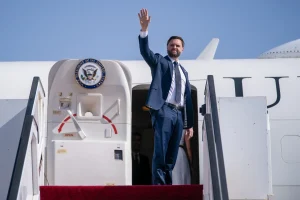
On the ground, aid agencies describe an atmosphere where settler violence during the olive harvest has spiked and access restrictions have tightened. Jan Egeland of the Norwegian Refugee Council warned of “impunity deepening the occupation,” while human rights monitors logged beatings, car burnings, and crop thefts. That’s not background noise; it’s a structural constraint on any future Palestinian state next door — and an affront to the very idea that Gaza’s calm is a bridge to sovereignty rather than a containment strategy.
There’s been a constant stream of American principals through Tel Aviv and Jerusalem. The Wall Street Journal sketched the choreography: senior US officials shuttling among Israeli leaders, Arab intermediaries, and a logistics hub charged with keeping the plan from falling apart. NBC News reported Senator Marco Rubio’s warning that annexation moves could imperil negotiations. The US Embassy in Israel announced his regional tour. AP and the New York Times chronicled Vice President J.D. Vance’s shuttle and the increasingly blunt messages from Washington about holding the line. Meanwhile, Netanyahu has repeatedly insisted Israel is sovereign and won’t be dictated to — a line he delivers even as he takes every meeting.
The bigger question isn’t who shows up; it’s what leverage is on the table. Stephen Zunes, Professor of Politics and International Studies at the University of San Francisco and a longtime analyst of US–Israel policy, argues that Washington has “enormous leverage” — military aid, diplomatic cover, sanctions tools, and the tone-setting power over international coalitions — but has rarely used it against Israeli preferences:
“The United States has enormous leverage on Israel, something that neither Trump nor Biden was willing to utilize until Trump finally pushed Israel to accept a ceasefire proposal which Hamas had agreed to many months earlier. It appears that Qatar, Saudi Arabia, Türkiye, and Egypt — who had long worked to convince Hamas to accept concessions demanded by Israel — pressured Trump to get Israel to compromise as well. Israel’s bombing of Qatar and the apparent unwillingness by Trump to attempt to stop it raised the possibility that continued US unconditional support for Israel could threaten his close strategic, financial, and personal relationships with the Gulf monarchies.
A breakdown in the ceasefire or a formal Israeli annexation of the West Bank would have similarly deleterious effects on Washington’s relations with these important Middle Eastern allies. As a result of pressure from Washington, Netanyahu has withdrawn the Knesset bill calling for a takeover of the occupied Palestinian territory and has for now halted the post-ceasefire attacks in Gaza.
It is doubtful that Trump will demand a full Israeli withdrawal from the more than half of the Gaza Strip it still occupies, nor will he demand an end to Israel’s colonization of the West Bank. Netanyahu’s campaign to expand the illegal Israeli settlements in a manner that would make a viable contiguous Palestinian mini-state on the West Bank impossible will not likely be challenged either, nor will Trump likely reinstate the sanctions he had lifted targeting the far-right settler militia, which has been terrorizing Palestinians throughout the West Bank.”
Jeffrey Sachs, Professor and Director of the Center for Sustainable Development at Columbia University, goes to first principles: if the endgame is statehood, Washington’s UN veto is the bottleneck.
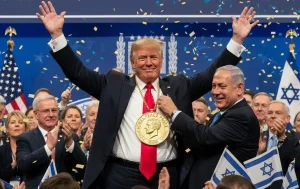
“The essential question is the State of Palestine as a UN member state with real sovereignty. The US must drop its veto on Palestine if there is to be peace. So far, the White House remains beholden to Netanyahu on this issue. The US is nearly isolated globally, and the American people overwhelmingly want the US to recognize Palestine.
The continued chokehold of the Israel Lobby on US policy, against US interests, is both shocking and a bit mysterious. Is it the campaign money? Is it the military-tech sector tie-ups? Is it the Epstein blackmail? Is it all the above? It’s hard to know.”
It’s provocative framing — many would call it overbroad — but it captures a widespread international reading: the US wants calm without committing to the political act (recognition or at least a clear pathway to it) that would change the incentives on the ground. Dr. Sachs further explores the direction of US policy towards Palestine in his Al Jazeera opinion piece.
David Mednicoff, Associate Professor of Middle Eastern Studies and Public Policy at the University of Massachusetts-Amherst, Fellow at the Middle East Initiative at the Kennedy School of Government, Harvard University, reading the coalition math in Jerusalem and the image calculus in Washington, puts the divergence this way:
“Netanyahu wants to stay in power and has tied his current political fortune to ultra-right nationalists who are determined to take as much of the Israeli-occupied territories as possible as part of Israel, blatantly at odds with international law but in line with what they believe to be a biblical mandate. These government forces, and Netanyahu himself, albeit less fervently, would rather flout the world’s and President Trump’s volition than back down on their long-term convictions around what should belong to Israel.
Trump appears motivated on this issue by his personal political desires. He wants global recognition as a peacemaker in Gaza, but this can only happen if the fragile ceasefire holds and the next stage talks continue. He also truly seems not to have known in advance about Netanyahu’s disastrous attack on a close US ally, Qatar, and has been more inclined to push back against him and Israel’s government since that attack. The US, and most of the rest of the world, want the conflict not to start up again and believe Israel should be more restrained in its policy. However, many in the Israeli government dismiss such concerns as ignorant of Israel’s needs. This impasse will continue unless enough of Israel’s political class believe, or are pressured to believe, that abandoning efforts to annex lands that the world considers Palestinian could lead to a better long-run position for Israel in the region and the world.”
And then there’s the unglamorous grind. Gregory Aftandilian, Senior Professorial Lecturer at the School of International Service at American University and adjunct faculty member at Boston University, describes — state-building in the dullest, most difficult sense:
“The ceasefire overall seems to be holding despite the violence that occurred on October 19. It seems pretty clear that the Arab states are pressing Hamas to adhere to it, while Trump and other members of his administration are pressing Netanyahu to do the same. There is also a personal dimension to all of this. Trump, as is well-known, keenly wants the Nobel Peace Prize and sees that quest in jeopardy if the ceasefire collapses. He is therefore vested in its success. The problem going forward is the interim phase — getting Hamas to disarm and compelling the Israelis to allow for a technocratic Palestinian group to govern Gaza, which would set the stage for a reformed Palestinian Authority to take control of Gaza. This is going to require sustained US leadership, but it is unclear if the Trump administration is going to devote the time and resources to make this happen.”
If you strip the rhetoric, ‘achieving peace in the Middle East’ would require three concrete shifts Washington has so far avoided: conditioning military aid to Israel on verifiable compliance (aid corridors, settlement freeze, restraint rules), ceasing the diplomatic veto that blocks the Palestinian political horizon, and supporting a genuinely multilateral mechanism — led by civilians, not just security services — to run crossings and reconstruction with transparent metrics (including that long-promised 600-truck benchmark).
Right now, Gaza’s “Phase One” has bought time, not direction. In the West Bank, annexationist politics are sprinting in the opposite direction. And in Washington, leverage sits on a high shelf — admired, cited, rarely used.
The article has been updated to reflect David Mednicoff’s current position at the University of Massachusetts-Amherst.
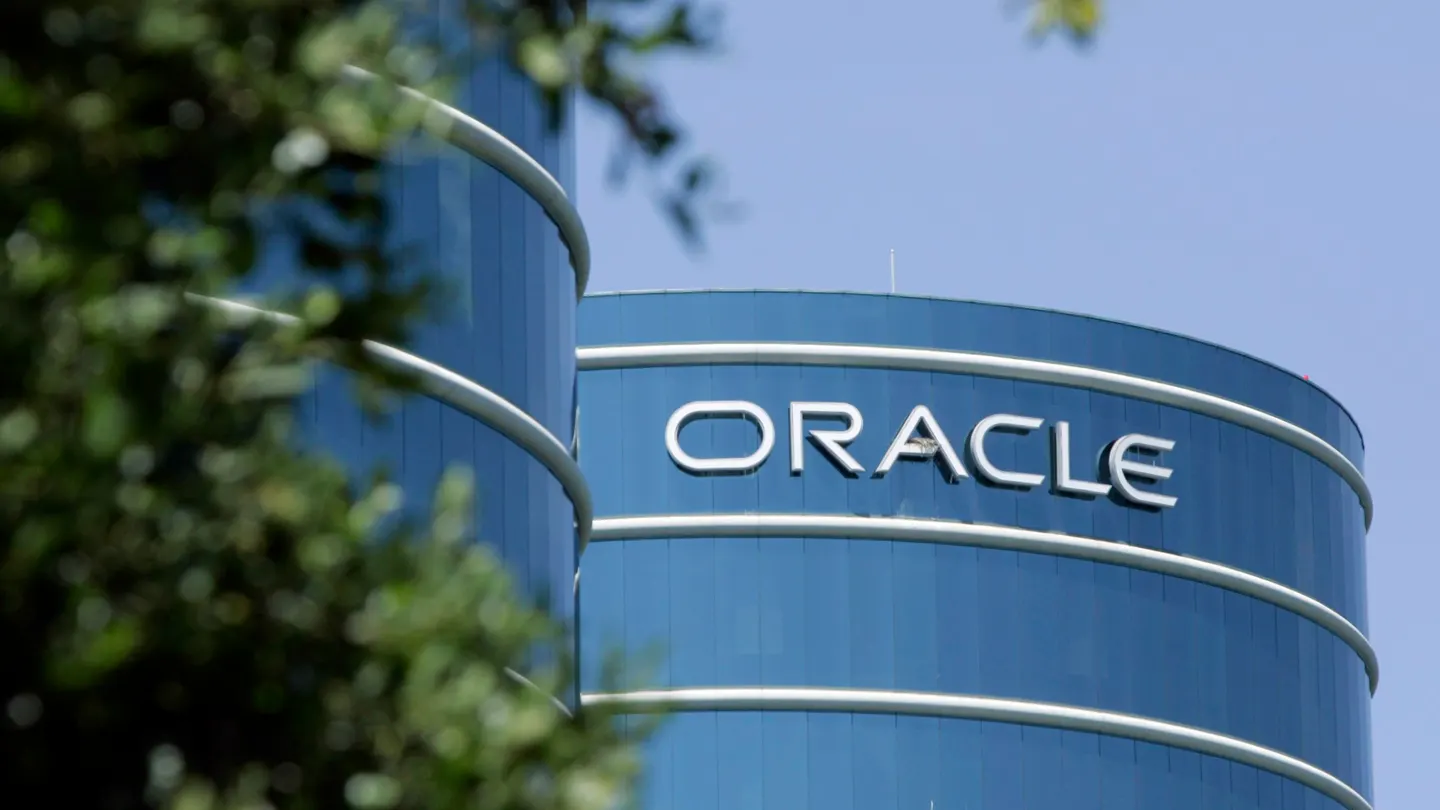

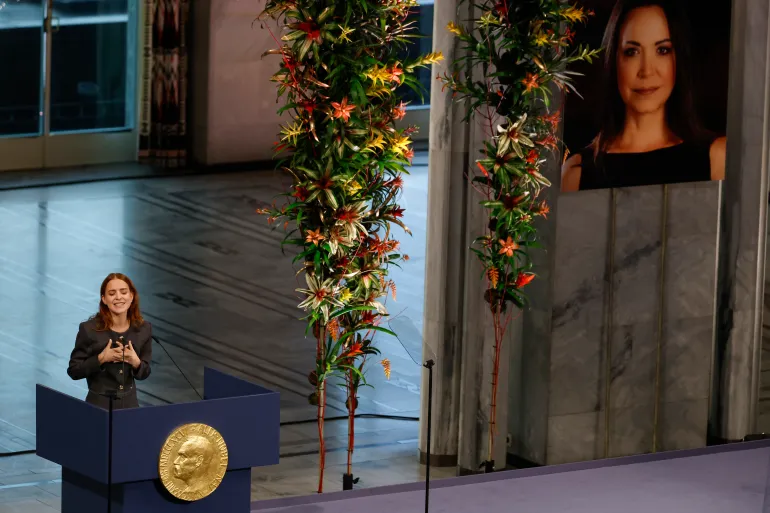



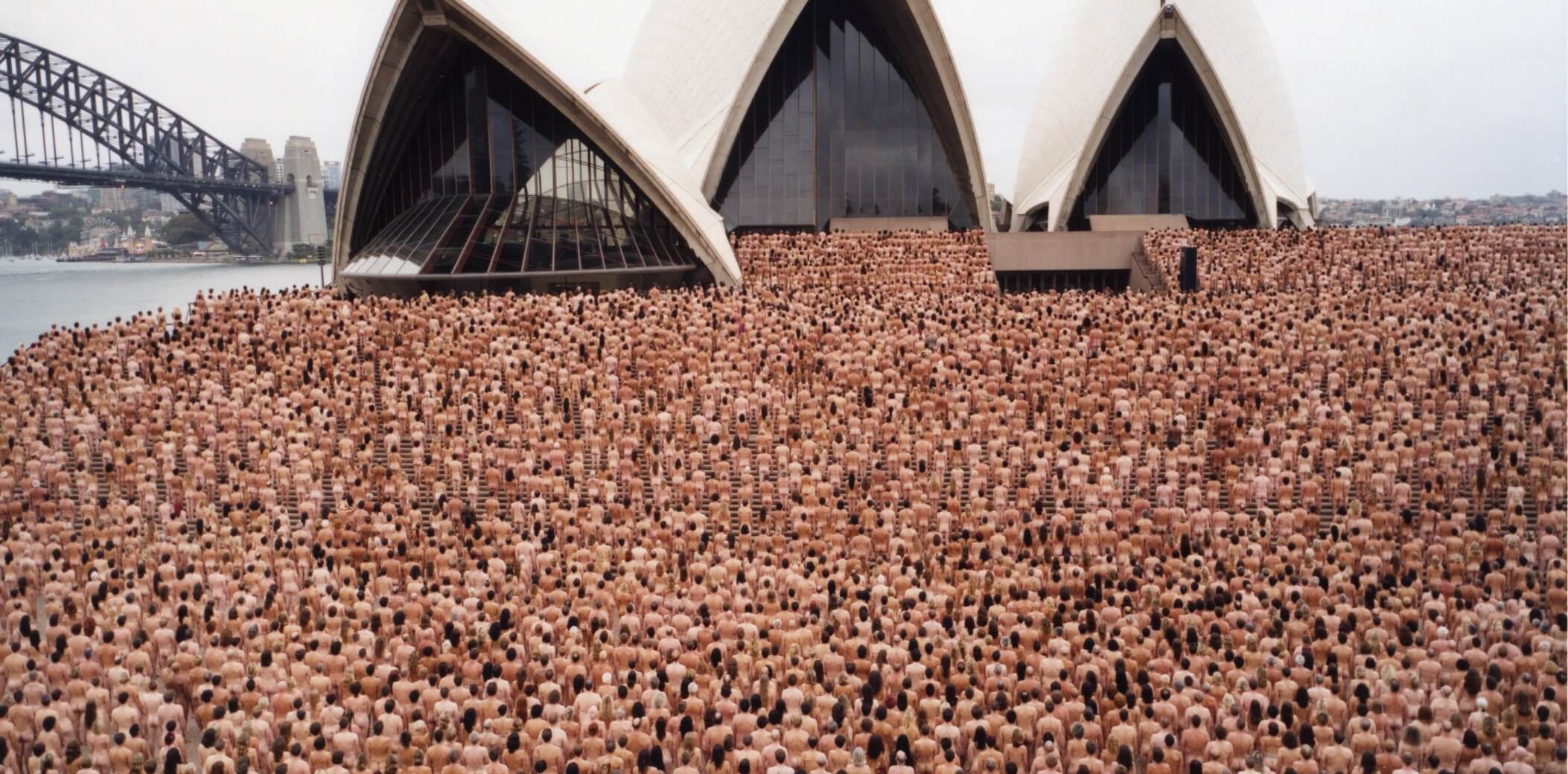
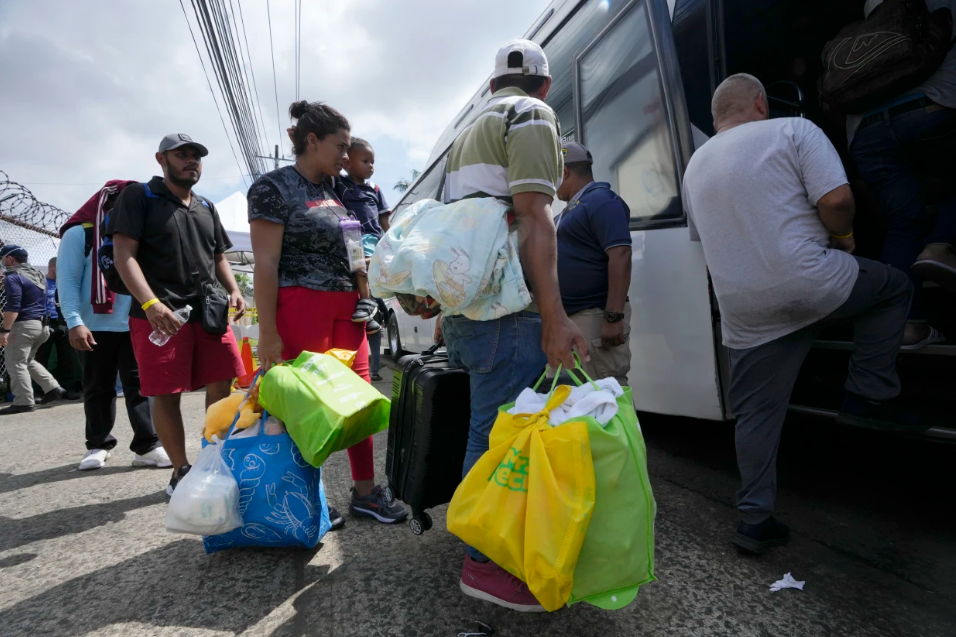
The latest news in your social feeds
Subscribe to our social media platforms to stay tuned